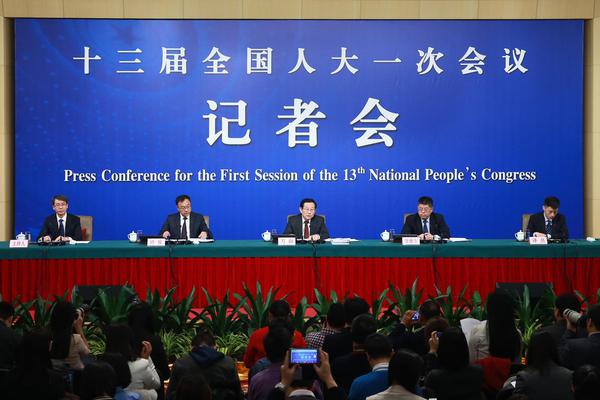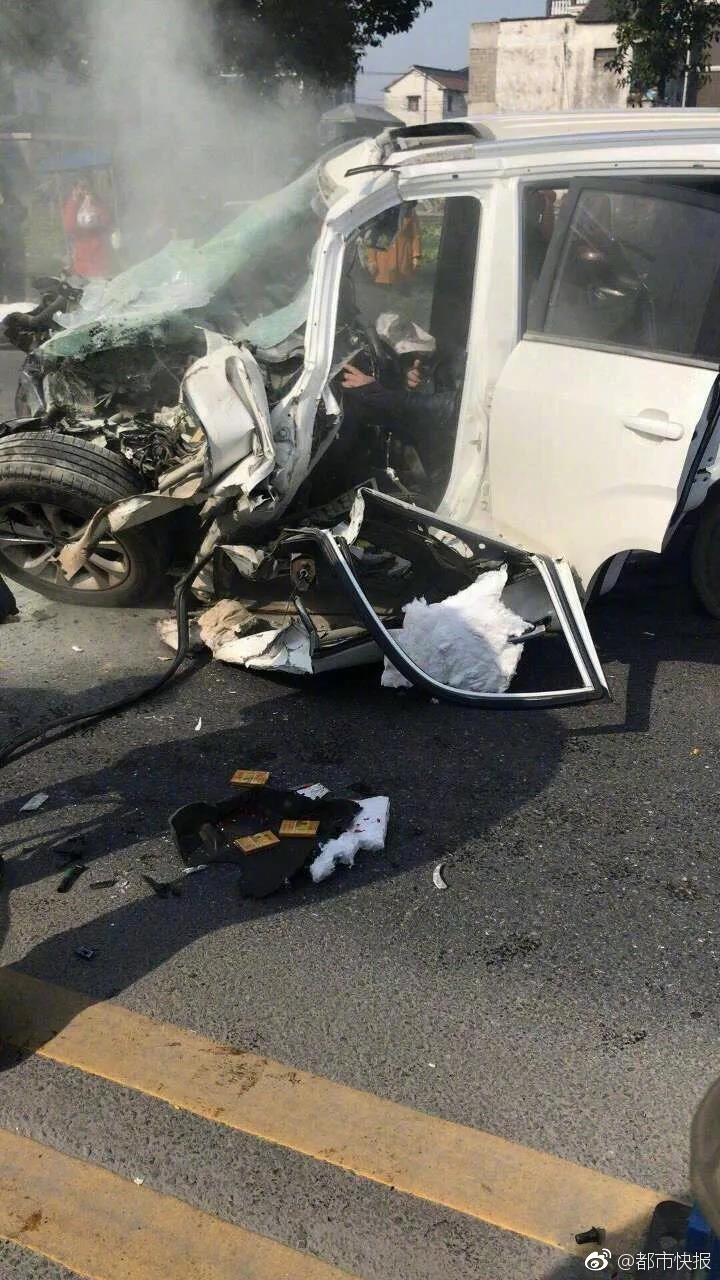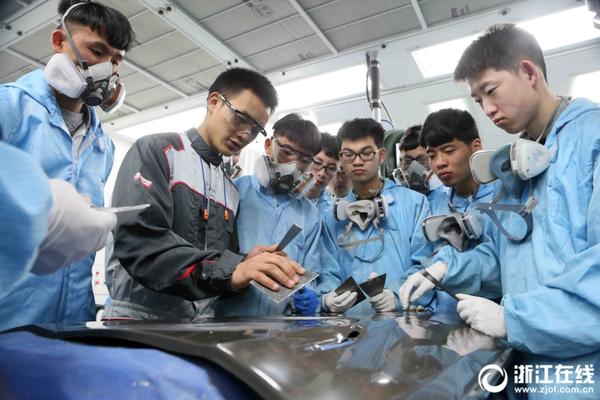
1. So, the current power batteries are roughlyThe following are ternary lithium batteries, lithium iron phosphate batteries, lithium cobalt batteries, nickel-metal hydride batteries and solid-state batteries. Among them, new energy trams generally use ternary lithium batteries and lithium iron phosphate batteries, which is the so-called "double hegemony".
2. The battery types of new energy vehicles are as follows: lead-acid batteries: lead-acid batteries have low cost, good low temperature, and high cost performance. Low energy density, short life, large volume and poor safety. Electric vehicles, as power, cannot have good speed and high range due to low energy density and service life. They are generally used for low-speed vehicles.
3. The types of new energy vehicle batteries are mainly: lithium-ion batteries, nickel-metal hydride batteries, fuel cells, lead-acid batteries and supercapacitors. Lead-acid batteries: Lead-acid batteries have a history of more than 100 years and are widely used as the starting power source for internal combustion engine vehicles.

So, the current power battery is roughly There are the following types, namely ternary lithium batteries, lithium iron phosphate batteries, lithium cobalt acid batteries, nickel-metal hydride batteries and solid-state batteries. Among them, new energy trams generally use ternary lithium batteries and lithium iron phosphate batteries, which is the so-called "double hegemony".
Hello, it's my pleasure to solve for you that there are five main types of new energy vehicle batteries, which are: lithium cobalt acid batteries, lithium iron phosphate batteries, nickel-metal hydride batteries, ternary lithium batteries and graphene batteries. The advantages and disadvantages of these five batteries will help you outline the solution
The types of new energy vehicle batteries are mainly: lithium-ion batteries, nickel-metal hydride batteries, fuel cells, lead-acid batteries and supercapacitors. Lead-acid batteries: Lead-acid batteries have a history of more than 100 years and are widely used as the starting power source for internal combustion engine vehicles.
New energy vehicle batteries are mainly divided into the following categories: Lithium-ion Battery: One of the most commonly used battery technologies at present, with the characteristics of high energy density, long life and low self-discharge rate. Lithium-ion batteries are widely used in electric vehicles and hybrid vehicles.
Power batteries for new energy vehicles mainly include lead-acid batteries, nickel-metal hydride batteries, lithium batteries and hydrogen fuel cells. At present, lithium batteries have great advantages in terms of energy density, life and environmental protection performance, and are the first choice for power batteries.
Power batteries that can be used for new energy vehicles often have three classification methods according to the characteristics of positive and negative electrode materials and electrochemical components.
Motor technology: New energy vehicles use motors to drive tires, and the efficiency and reliability of the motor have a direct impact on the performance and life of the vehicle. Control technology: The control technology of new energy vehicles mainly includes battery management system, motor control system, on-board communication system, etc. These systems can monitor, control and optimize management of vehicles.
In terms of the cost composition of new energy vehicles, the battery drive system accounts for 30-50% of the cost of new energy vehicles. Since the birth of electric vehicles, power battery technology has been restricting the practicalization process of electric vehicles. Improving power density, energy density, service life and cost reduction have always been the core of electric vehicle power battery technology research and development.
In general, with the continuous investment and technological innovation of the automobile industry in electric vehicles, the battery performance and safety performance of new energy vehicles in the future will continue to improve, bringing more convenient and safe choices for people's travel.
4 lithium series batteries, such as lithium-ion batteries, lithium polymer batteries and lithium-sulfur batteries.5 Manganese dioxide series batteries, such as zinc-manganese batteries, alkaline manganese batteries, etc. 6 Air (oxygen) series batteries, such as zinc air batteries, aluminum air batteries, etc.
Well, the current power batteries are roughly as follows, namely ternary lithium batteries, lithium iron phosphate batteries, lithium cobalt batteries, nickel-metal hydride batteries and solid-state batteries. Among them, new energy trams generally use ternary lithium batteries and lithium iron phosphate batteries, which is the so-called "double hegemony".
New energy vehicle power battery classification New energy vehicle batteries can be roughly divided into two categories, one is lithium iron phosphate battery (LFP) and the other is cobalt acid lithium battery (NCA, NCM). Lithium iron phosphate battery (LFP): The positive electrode material of this battery is composed of lithium iron phosphate, which is highly safe and not easy to explode and pollute the environment.
The types of new energy vehicle batteries are mainly: lithium-ion batteries, nickel-metal hydride batteries, fuel cells, lead-acid batteries and supercapacitors. Lead-acid batteries: Lead-acid batteries have a history of more than 100 years and are widely used as the starting power source for internal combustion engine vehicles.
At present, the types of batteries widely used in new energy vehicles are secondary batteries, which can be divided into lead-acid batteries, nickel-metal hydride batteries, nickel-cadmium batteries, lithium metal batteries, lithium-ion batteries, etc.
Arena Plus login-APP, download it now, new users will receive a novice gift pack.
1. So, the current power batteries are roughlyThe following are ternary lithium batteries, lithium iron phosphate batteries, lithium cobalt batteries, nickel-metal hydride batteries and solid-state batteries. Among them, new energy trams generally use ternary lithium batteries and lithium iron phosphate batteries, which is the so-called "double hegemony".
2. The battery types of new energy vehicles are as follows: lead-acid batteries: lead-acid batteries have low cost, good low temperature, and high cost performance. Low energy density, short life, large volume and poor safety. Electric vehicles, as power, cannot have good speed and high range due to low energy density and service life. They are generally used for low-speed vehicles.
3. The types of new energy vehicle batteries are mainly: lithium-ion batteries, nickel-metal hydride batteries, fuel cells, lead-acid batteries and supercapacitors. Lead-acid batteries: Lead-acid batteries have a history of more than 100 years and are widely used as the starting power source for internal combustion engine vehicles.

So, the current power battery is roughly There are the following types, namely ternary lithium batteries, lithium iron phosphate batteries, lithium cobalt acid batteries, nickel-metal hydride batteries and solid-state batteries. Among them, new energy trams generally use ternary lithium batteries and lithium iron phosphate batteries, which is the so-called "double hegemony".
Hello, it's my pleasure to solve for you that there are five main types of new energy vehicle batteries, which are: lithium cobalt acid batteries, lithium iron phosphate batteries, nickel-metal hydride batteries, ternary lithium batteries and graphene batteries. The advantages and disadvantages of these five batteries will help you outline the solution
The types of new energy vehicle batteries are mainly: lithium-ion batteries, nickel-metal hydride batteries, fuel cells, lead-acid batteries and supercapacitors. Lead-acid batteries: Lead-acid batteries have a history of more than 100 years and are widely used as the starting power source for internal combustion engine vehicles.
New energy vehicle batteries are mainly divided into the following categories: Lithium-ion Battery: One of the most commonly used battery technologies at present, with the characteristics of high energy density, long life and low self-discharge rate. Lithium-ion batteries are widely used in electric vehicles and hybrid vehicles.
Power batteries for new energy vehicles mainly include lead-acid batteries, nickel-metal hydride batteries, lithium batteries and hydrogen fuel cells. At present, lithium batteries have great advantages in terms of energy density, life and environmental protection performance, and are the first choice for power batteries.
Power batteries that can be used for new energy vehicles often have three classification methods according to the characteristics of positive and negative electrode materials and electrochemical components.
Motor technology: New energy vehicles use motors to drive tires, and the efficiency and reliability of the motor have a direct impact on the performance and life of the vehicle. Control technology: The control technology of new energy vehicles mainly includes battery management system, motor control system, on-board communication system, etc. These systems can monitor, control and optimize management of vehicles.
In terms of the cost composition of new energy vehicles, the battery drive system accounts for 30-50% of the cost of new energy vehicles. Since the birth of electric vehicles, power battery technology has been restricting the practicalization process of electric vehicles. Improving power density, energy density, service life and cost reduction have always been the core of electric vehicle power battery technology research and development.
In general, with the continuous investment and technological innovation of the automobile industry in electric vehicles, the battery performance and safety performance of new energy vehicles in the future will continue to improve, bringing more convenient and safe choices for people's travel.
4 lithium series batteries, such as lithium-ion batteries, lithium polymer batteries and lithium-sulfur batteries.5 Manganese dioxide series batteries, such as zinc-manganese batteries, alkaline manganese batteries, etc. 6 Air (oxygen) series batteries, such as zinc air batteries, aluminum air batteries, etc.
Well, the current power batteries are roughly as follows, namely ternary lithium batteries, lithium iron phosphate batteries, lithium cobalt batteries, nickel-metal hydride batteries and solid-state batteries. Among them, new energy trams generally use ternary lithium batteries and lithium iron phosphate batteries, which is the so-called "double hegemony".
New energy vehicle power battery classification New energy vehicle batteries can be roughly divided into two categories, one is lithium iron phosphate battery (LFP) and the other is cobalt acid lithium battery (NCA, NCM). Lithium iron phosphate battery (LFP): The positive electrode material of this battery is composed of lithium iron phosphate, which is highly safe and not easy to explode and pollute the environment.
The types of new energy vehicle batteries are mainly: lithium-ion batteries, nickel-metal hydride batteries, fuel cells, lead-acid batteries and supercapacitors. Lead-acid batteries: Lead-acid batteries have a history of more than 100 years and are widely used as the starting power source for internal combustion engine vehicles.
At present, the types of batteries widely used in new energy vehicles are secondary batteries, which can be divided into lead-acid batteries, nickel-metal hydride batteries, nickel-cadmium batteries, lithium metal batteries, lithium-ion batteries, etc.
Free sports events uefa champions league app android
author: 2025-01-08 10:53App to watch Champions League live free
author: 2025-01-08 11:53 Hearthstone arena
Hearthstone arena
418.91MB
Check UEFA EURO
UEFA EURO
862.16MB
Check Free sports events uefa champions league app android
Free sports events uefa champions league app android
235.52MB
Check Hearthstone arena class win rates reddit
Hearthstone arena class win rates reddit
398.24MB
Check DigiPlus
DigiPlus
489.16MB
Check UEFA TV
UEFA TV
251.79MB
Check Arena Plus login
Arena Plus login
573.86MB
Check Casino Plus free 100
Casino Plus free 100
946.24MB
Check DigiPlus stock
DigiPlus stock
886.95MB
Check PAGCOR online casino free 100
PAGCOR online casino free 100
688.66MB
Check casino plus free 100
casino plus free 100
652.46MB
Check UEFA Champions League live
UEFA Champions League live
145.53MB
Check Bingo Plus stock
Bingo Plus stock
878.14MB
Check Arena Plus login
Arena Plus login
636.12MB
Check Casino Plus GCash login
Casino Plus GCash login
291.55MB
Check Europa League app
Europa League app
835.98MB
Check Casino free 100 no deposit
Casino free 100 no deposit
125.59MB
Check Hearthstone deck
Hearthstone deck
462.18MB
Check Hearthstone arena
Hearthstone arena
931.69MB
Check Casino redeem
Casino redeem
378.75MB
Check Hearthstone Arena Tier List
Hearthstone Arena Tier List
942.79MB
Check Casino Plus free 100
Casino Plus free 100
757.63MB
Check casino plus free 100
casino plus free 100
697.32MB
Check Casino redeem
Casino redeem
412.66MB
Check DigiPlus stock
DigiPlus stock
765.11MB
Check Casino redeem
Casino redeem
753.63MB
Check UEFA Champions League
UEFA Champions League
984.37MB
Check Casino Plus GCash login
Casino Plus GCash login
491.52MB
Check Casino free 100 no deposit
Casino free 100 no deposit
738.92MB
Check Casino Plus login register
Casino Plus login register
324.31MB
Check European Cup live
European Cup live
292.48MB
Check UEFA Champions League live
UEFA Champions League live
588.69MB
Check Hearthstone arena class win rates reddit
Hearthstone arena class win rates reddit
773.77MB
Check Hearthstone arena
Hearthstone arena
417.96MB
Check Hearthstone arena
Hearthstone arena
487.55MB
Check Bingo Plus stock
Bingo Plus stock
457.13MB
Check
Scan to install
Arena Plus login to discover more
Netizen comments More
536 Hearthstone deck
2025-01-08 12:18 recommend
145 Casino Plus GCash login
2025-01-08 10:49 recommend
2925 Casino free 100 no deposit
2025-01-08 10:14 recommend
2162 DigiPlus
2025-01-08 10:10 recommend
180 Hearthstone arena class win rates reddit
2025-01-08 09:52 recommend